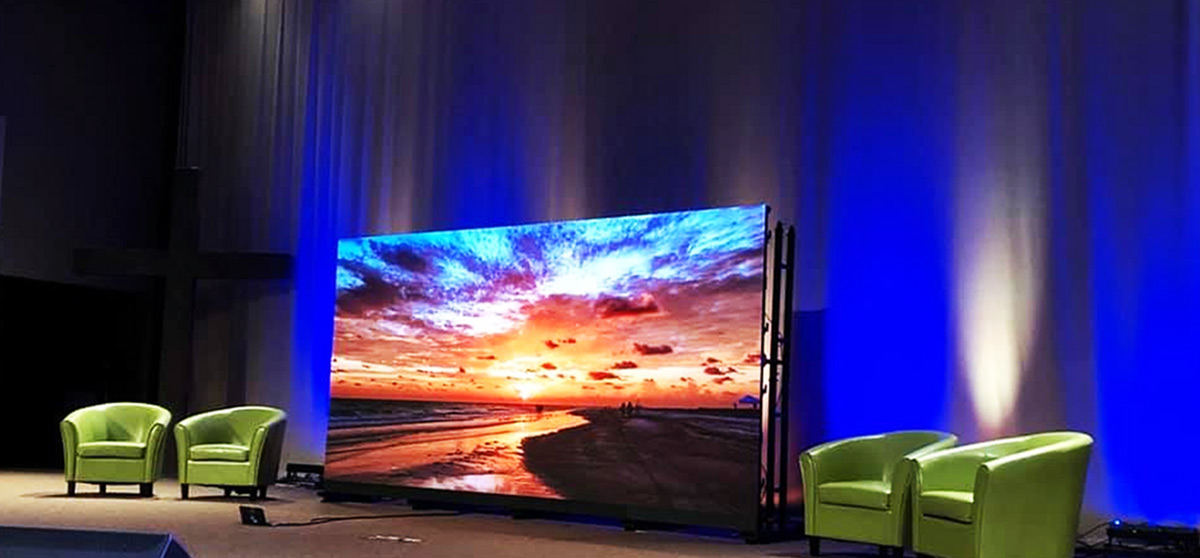SMT LED Display
SMT, or surface mount technology, is a technology that directly mounts electronic components on the surface of a circuit board. This technology not only reduces the size of traditional electronic components to a few tenths, but also achieves high density, high reliability, miniaturization, low cost, and automated production of electronic product assembly. In the manufacturing process of LED display screens, SMT technology plays a vital role. It is like a skilled craftsman who accurately mounts tens of thousands of LED chips, driver chips and other components on the circuit board of the display screen, forming the “nerves” and “blood vessels” of the LED display screen.
Benefits of SMT:
- Space Efficiency: SMT allows for more components to be placed on a smaller PCB, enabling the production of more compact and lightweight electronic devices.
- Improved Performance: By reducing the distance that electrical signals need to travel, SMT enhances the performance of electronic circuits.
- Cost-Effective Production: SMT is conducive to automation, which reduces labor costs and increases production efficiency.
- Reliability: Components mounted using SMT are less likely to become loose or disconnected due to vibrations or mechanical stress.
SMD LED screen
SMD, or surface mount device, is an indispensable part of SMT technology. These miniaturized components, like the “micro heart” of LED display screens, provide a steady stream of power for the display screen. There are many types of SMD devices, including chip transistors, integrated circuits, etc. They support the stable operation of LED display screens with their extremely small size and powerful functions. With the continuous advancement of technology, the performance of SMD devices is also constantly improving, bringing higher brightness, wider color gamut and longer service life to LED display screens.
Types of SMD Components:
- Passive Components: Such as resistors, capacitors, and inductors.
- Active Components: Including transistors, diodes, and integrated circuits (ICs).
- Optoelectronic Components: Such as LEDs, photodiodes, and laser diodes.
Applications of SMT and SMD in LED Displays
The applications of SMT and SMD in LED displays are vast and varied. Here are a few notable examples:
- Outdoor LED Billboards: High-brightness SMD LEDs ensure that advertisements and information are clearly visible even in direct sunlight.
- Indoor Video Walls: SMT allows for seamless large-scale displays with high resolution, ideal for events, control rooms, and corporate settings.
- Retail Displays: The slim and lightweight design enabled by SMT and SMD technologies makes it possible to create engaging and dynamic displays in retail environments.
- Wearable Technology: Flexible LED displays in wearable devices benefit from the compact and lightweight nature of SMD components.
Conclusion
Surface-Mount Technology (SMT) and Surface-Mount Devices (SMD) have revolutionized the LED display industry, offering significant advantages in terms of performance, efficiency, and versatility. As technology continues to advance, we can expect further innovations and improvements in LED display packaging, driving the development of even more sophisticated and impactful visual solutions.
By embracing SMT and SMD technologies, manufacturers and designers can create cutting-edge LED displays that meet the evolving demands of various industries, ensuring that visual communication remains clear, vibrant, and effective.
Post time: Jun-21-2024


